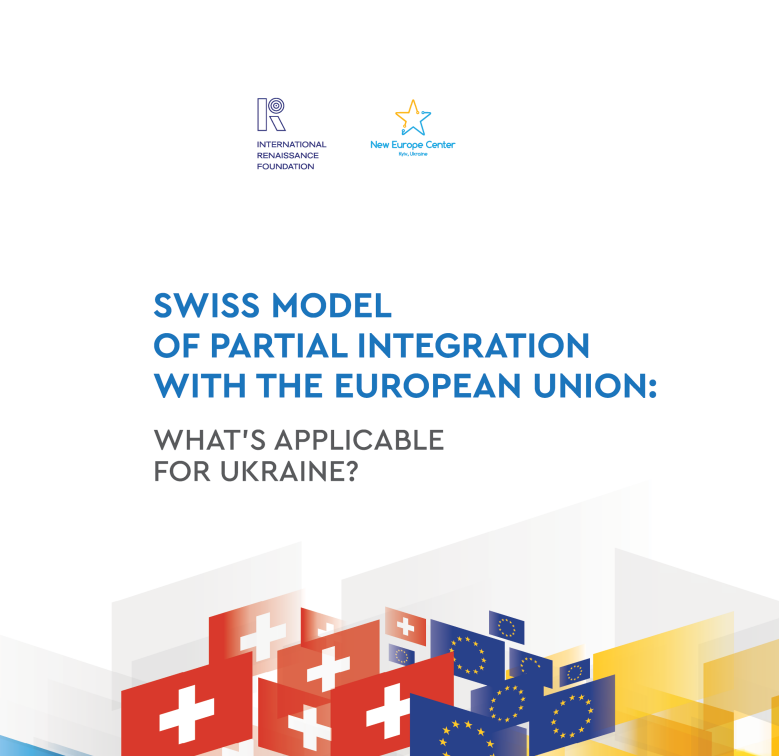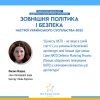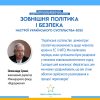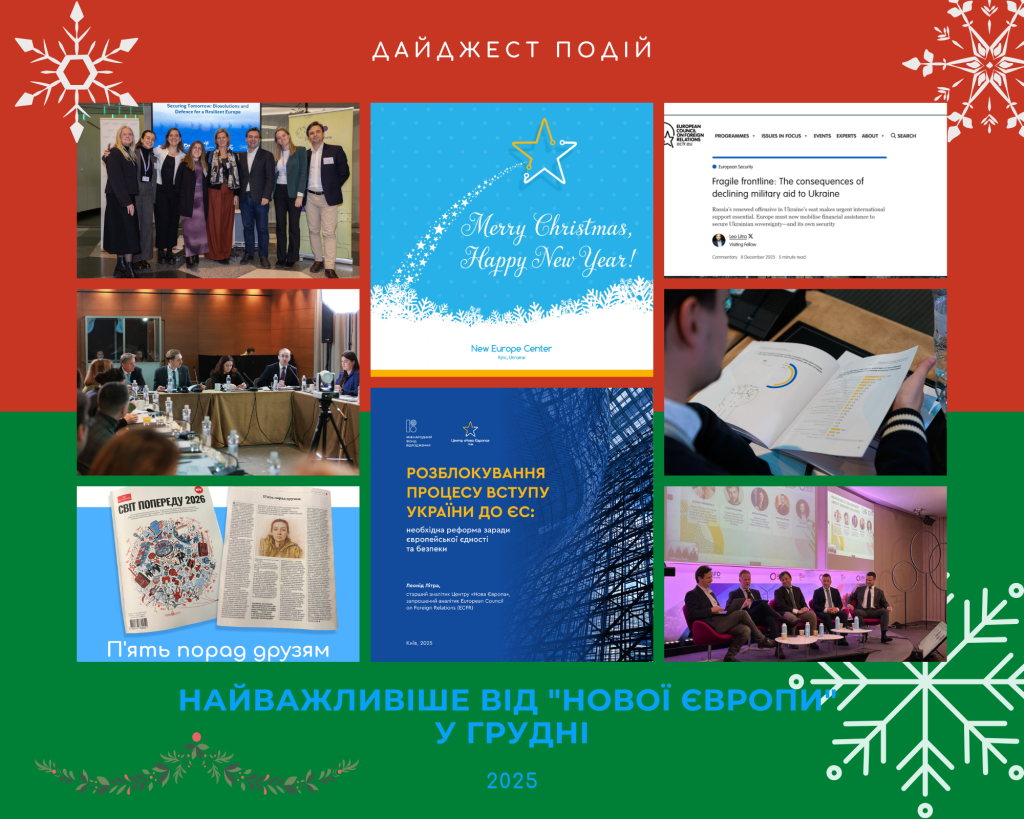The full text is available here.
The purpose of this report is to provide policy recommendations on the potential next steps
in Ukraine – EU deeper integration that would go beyond the Association Agreement (AA),
including Deep and Comprehensive Free Trade Area (DCFTA) and advance Ukraine towards
full membership application in the longer perspective.
The current state of Ukraine – EU relations demands for a new and more ambitious horizon
that would re-energize the current bilateral dialogue with the EU on the one hand and
Ukraine’s domestic Europeanization agenda on the other hand. Politically, there is also a
clear need for stronger external incentives for Ukraine, and respectively stronger EU’s leverage on Ukraine’s reform agenda. Geopolitically and security-wise, Ukraine’s belonging in Europe needs be reflected in a more ambitious way. Economically, deeper bilateral integration would also benefit from further thinking through by EU policymakers.
This report looks into the questions of what these next steps could be and how EU relations of partial integration with Switzerland, known as Swiss Bilateral Way, could provide
examples and source of inspiration for both Ukraine and EU in determining the next horizon for deeper integration, including stronger incentives, additional benchmarks and EU conditionality.
Section 2 reviews the development of the Swiss Bilateral Way towards EU, its main driving forces, timeline, and key elements.
Analyzing the future of the bilateral approach, the section looks into the Swiss – EU talks on the
Institutional Framework Agreement, the ending of which in May 2021 leaves both sides with
more questions than answers.
Section 3 discusses unique features, advantages, and shortcomings of the Swiss model,
as well as its limitations in application to other non-member states. The major restriction being the post-Brexit EU’s growing dissatisfaction with the status quo and demand for the
modernization of the current model. The section provides comparative analysis of the Swiss
model with other non-member states’ EU integration formats, including Ukraine’s DCFTA.
Despite these limitations, theoretical applicability of the Swiss bilateral way in the case
of Ukraine is discussed in Section 4. The main ‘value added’ elements of the Swiss model are
being weighed in against the recent developments in EU relations with Kyiv and Bern.
Finally, Section 5 provides some policy recommendations, based on the current context of
Ukraine – EU relations.
The material “Swiss Model of Partial Integration with the EU: What’s Applicable for Ukraine?” was prepared with the support of the International Renaissance Foundation within the framework of the project “Between association
and membership: what could be the next target in Ukraine’s relations with the EU”.The material reflects the position of the authors and does not necessarily coincide with the position of the International Renaissance Foundation.
The publication has been prepared as part of a project coordinated by Leonid Litra and Kateryna Zarembo








